Frozen Shoulder (adhesive capsulitis)
Frozen Shoulder (adhesive capsulitis)
Have you been told you have, or could have frozen shoulder?
Frozen shoulder is a condition where your shoulder will become very painful, and progressively lose mobility. If you have a frozen shoulder, it’s likely that you’ve had a confusing and convoluted journey with your painful shoulder, maybe including a few different diagnoses, plus an inability to function and sleep well.
The good news is, most people will make a full recovery from frozen shoulder. 😅
The not so good news is that it may take a long time, up to 1 – 4 years! 😣
Pain is the first thing you’ll notice. A dull background ache will come on gradually without an obvious reason. It will be very painful at night, disrupting sleep, and tiny movements through the day will give you a sharp shot of excruciating pain. It will become more and more problematic, and start to feel stiff. The loss of mobility is usually quite significant; maybe you can’t get your hand back past your hip, or can’t touch the back of your head.
In frozen shoulder, the shoulder joint capsule (bands of soft tissue that secure your shoulder in place, keeping it stable as you move your arm) is becoming inflamed, then it tightens and thickens, leaving you with a stiff and painful shoulder.
It is diagnosed by a combination of a physio assessment and imaging. While MRI is the best imaging to confirm frozen shoulder, the role of imaging is usually just to exclude other conditions that can masquerade as frozen shoulder; like arthritis, calcific tendinitis, or a rotator cuff tear. An x-ray and ultrasound can exclude these things, and will be cheaper than MRI, with less wait time.
Why does it happen?
A key risk factor is a period of immobilisation to your arm, for example a previous shoulder injury (calcific tendinosis, rotator cuff tears) or surgery, following a stroke, or following a mastectomy.
It tends to affects women more than men, and mainly between the ages of 40 and 60. Other risk factors include: family history of frozen shoulder, inflammatory conditions, diabetes, thyroid disease (both overactive and underactive), and Parkinson’s disease.
What’s ahead?
Frozen shoulder has three phases that help to understand the pathway the condition will take. These are: freezing, frozen, and thawing. Each phase will last a varying length of time and overlap, usually about 3 – 12 months per phase, with the total length of condition between 1 – 4 years.
The freezing phase
This is the initial presentation of shoulder pain as I’ve described above. The main features in this phase are a painful, inflamed shoulder.
In this phase, a frozen shoulder is often misdiagnosed. Rotator cuff issues can also be very painful, and sore at night, but there are a few differentiating features that a physio assessment can identify. If a frozen shoulder is suspected, imaging should always be done to rule out other shoulder conditions, because the treatment for frozen shoulder is unique.
In the very early stages of a frozen shoulder (the first 3-6 weeks), a corticosteroid injection can be very helpful to limit the amount of inflammation at your shoulder. If you can reduce the inflammation, there will be less thickening and tightening, meaning the severity and duration of your frozen shoulder can be reduced. Hooray!
In the inflammatory freezing phase, stretching your shoulder is not recommended, stretching the joint can actually perpetuate the thickening and create a tighter capsule. The focus in this phase is to move your shoulder within comfortable ranges, limit strength losses, and limit inflammation.
The frozen phase
In this phase your pain will decrease, however your shoulder often becomes stiffer! Your shoulder capsule has thickened and tightened. This can be when those misdiagnosed rotator cuff tears reveal themselves as a frozen shoulder. Some people who present to a doctor or physio at this stage can appear to have arthritis, because the primary issue is stiffness. Again, imaging is key!
In the frozen phase you can start to take your shoulder into greater ranges of movement, because you will be less likely to perpetuate inflammation. This is when a physio can guide the introduction of strength and stretch based exercises.
The thawing phase
The thawing phase presents a light at the end of the tunnel, finally! Your stiffness will begin to resolve. Week by week you will be able to do more with your shoulder. This is when you will be able to regain the strength and confidence in your shoulder.
What are your options?
Nothing: in 1 – 4 years, it will most likely resolve.
Pain management: discuss anti-inflammatory medications with your GP to reduce the pain and inflammation.
Corticosteroid injection: can be very helpful at reducing the inflammation, most effective during the first 3-6 weeks.
Exercise: if it’s very painful, particularly at night and while resting, it’s inflamed, move within comfort only. If the stiffness is more an issue, and not painful at rest, it’s stiff. Exercise into your stiffness as long as it doesn’t increase your pain afterwards.
If you have a frozen shoulder and need help managing it, give us a call, we’d love to help 😊



